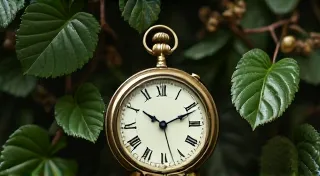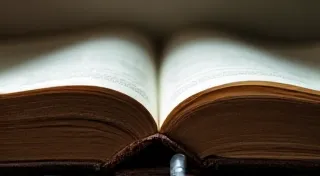The Typographic Time Capsule: Matching Fonts to Historical Contexts
There’s a peculiar magic in the clatter of a typewriter. It's more than just the sound; it's a whisper of history, a tangible connection to a different era of communication. Before the sleek lines of laptops and the ephemeral nature of digital text, the typewriter reigned supreme, a mechanical marvel dictating the pace and aesthetics of correspondence, literature, and journalism. And that unique aesthetic, born from the limitations and the ingenuity of its time, has a potent, resonant quality that continues to captivate us. Reproducing that feeling through font design isn't just about mimicking the letters; it's about capturing the spirit of an age.
At The Replica Typewriter Font Library, we’re driven by that spirit. We believe that a font isn't simply a collection of glyphs; it's a vessel carrying cultural and historical significance. Our work is a meticulous process, an attempt to resurrect the voices of the past through precise digital replication. It began, as many passions do, with a simple fascination. I remember finding my grandfather’s old Underwood at an estate sale. The keys were stiff, the ribbon faded, but the feel of those metal letters striking the paper… it was transformative. I’m not a historian, nor am I a restoration expert, but that moment ignited a desire to understand and preserve the tangible beauty of these machines, and to share that beauty with others.
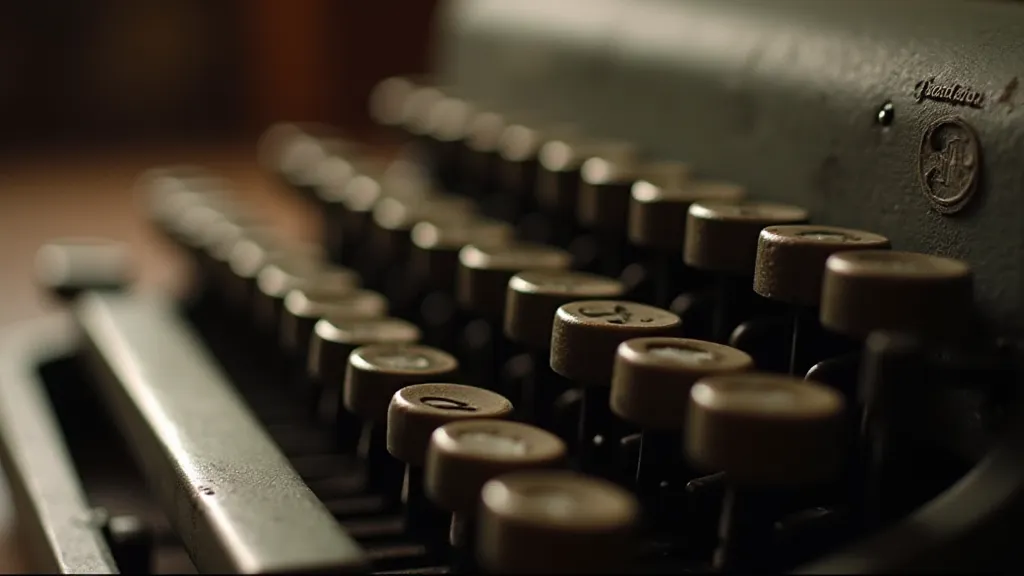
The Underwood: A Foundation for an Era
The Underwood No. 5, introduced in 1900, is a cornerstone of this story. Before the Underwood, typewriters were often complex, unreliable, and expensive. The Underwood brought standardization and affordability to the market. Its innovative "visible typing" design, where the typist could see the letters as they were being typed, revolutionized the user experience. And visually, the Underwood’s font – a slightly condensed, sans-serif design – became synonymous with the early 20th century. Recreating that font wasn't simply about replicating the letterforms; it was about understanding the context. The Underwood’s widespread use shaped business correspondence, news reporting, and even personal letters. It became the voice of a rapidly industrializing world.
The process of creating our Underwood replica was painstaking. We meticulously analyzed original Underwood typebars, scanning each letterform at high resolution. We then spent countless hours adjusting the spacing, the weight, and the subtle imperfections inherent in a manufactured product. Those imperfections aren't flaws; they're evidence of the human touch, a reminder that even in the age of mechanization, artistry played a crucial role.
The Remington: A Voice of Journalism and Literary Ambition
Moving further back in time, we encounter the Remington No. 10, popular throughout the late 19th century. This machine was the workhorse of newsrooms and the favored tool of ambitious literary figures. Think Mark Twain, who famously wrote *The Adventures of Tom Sawyer* on a Remington. The Remington’s font possesses a certain elegance and a more deliberate weight than the Underwood's, reflecting the more formal tone of the Victorian era. It evokes images of bustling newsrooms, gaslight-illuminated offices, and the burgeoning power of the press. It speaks of a time when words held a different kind of weight, a weight reinforced by the physicality of the printing process.
Our Remington replica attempts to capture that gravitas. We focused on preserving the slightly unevenness of the letterforms, the subtle variations in stroke width that arose from the manufacturing process. The goal wasn't to create a perfect, sterile font; it was to recreate the feeling of reading a document produced on a machine that had been used and loved, a machine that had played a role in shaping history.
The Hermes 3000: Mid-Century Modernism and Quiet Confidence
Fast forward to the mid-20th century, and we find ourselves with the Hermes 3000. This machine represents a different aesthetic – a streamlined, minimalist design that reflects the principles of mid-century modernism. The Hermes font, with its clean lines and subtle curves, epitomizes this era of optimism and innovation. It evokes images of sleek offices, sophisticated design, and a newfound sense of possibility. It's a font that whispers of quiet confidence and understated elegance.
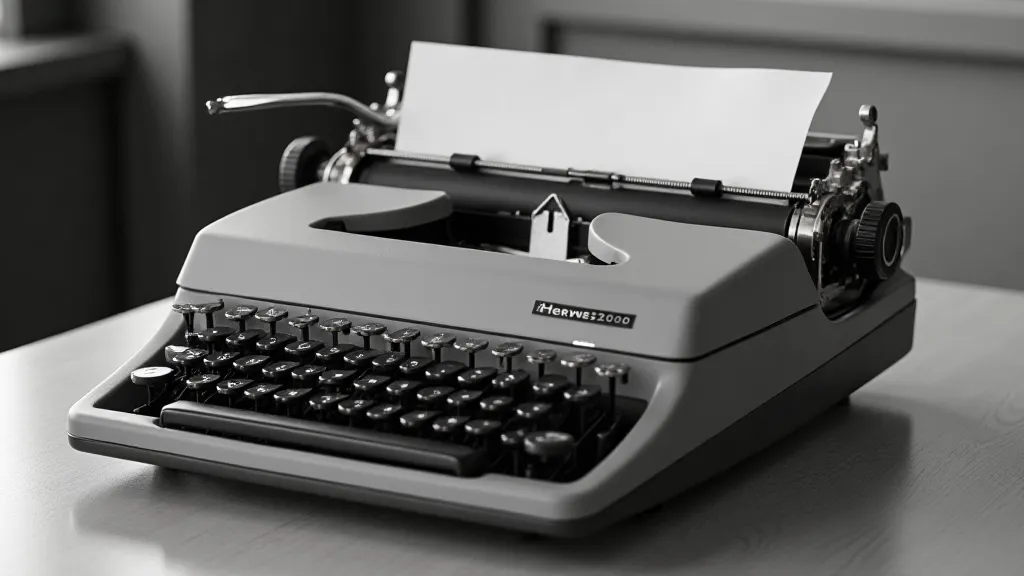
Creating the Hermes replica presented a unique challenge. The machine itself was renowned for its precision engineering, resulting in a relatively consistent typeface. Our goal was to capture that precision while still preserving the subtle nuances that distinguish a hand-crafted object from a mass-produced one. We spent considerable time adjusting the kerning, the spacing between letters, to achieve a balance between legibility and visual appeal. The result is a font that feels both timeless and distinctly modern.
Beyond Replication: Understanding the Craft
The Replica Typewriter Font Library isn’t just about creating digital fonts; it’s about fostering an appreciation for the craftsmanship and the history behind these remarkable machines. We often receive inquiries from individuals interested in collecting antique typewriters or restoring them to their former glory. While we aren’t restoration experts ourselves, we’re happy to share our knowledge and point people in the direction of reliable resources.
Restoring a typewriter is a rewarding but challenging endeavor. It requires patience, attention to detail, and a certain degree of mechanical aptitude. Even simple tasks, such as cleaning the keys or replacing the ribbon, can be surprisingly complex. However, the satisfaction of bringing a piece of history back to life is immeasurable.
Collecting typewriters is another fascinating pursuit. The market for antique typewriters is surprisingly robust, with enthusiasts willing to pay significant sums for rare and well-preserved models. However, collecting isn't just about acquiring valuable objects; it's about connecting with the past and preserving a piece of cultural heritage.
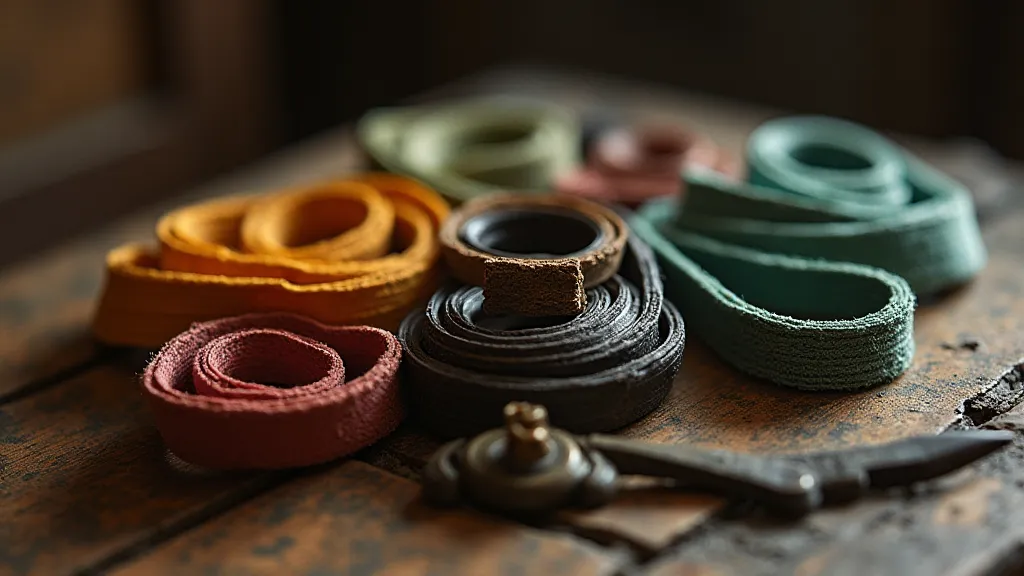
Preserving the Echoes
At The Replica Typewriter Font Library, we see ourselves as custodians of a legacy. We are driven by a desire to preserve the echoes of the past, to make these remarkable machines and their unique typefaces accessible to a new generation. Our fonts aren’s just digital files; they’re invitations to connect with history, to appreciate the craftsmanship, and to experience the joy of writing in a way that feels both timeless and utterly unique. We believe that the clatter of a typewriter, even a digital one, should remind us of the enduring power of words and the enduring beauty of the machines that helped to shape our world.

